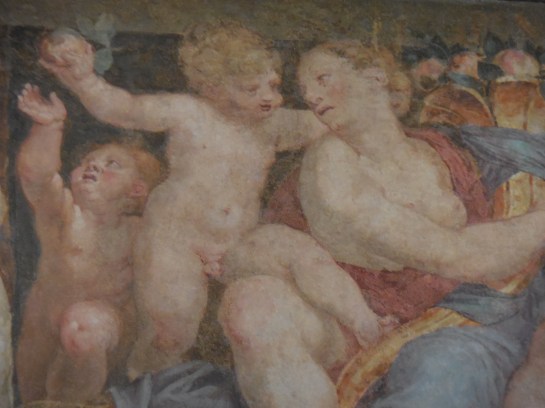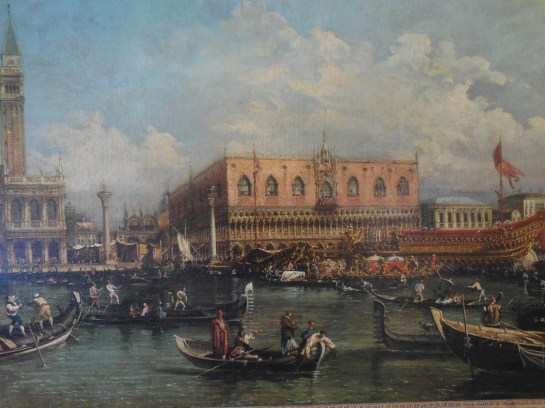


In March of 2018, I spent time in Vicenza, where I admired Renaissance Palladian architecture. I was enthralled with Vicenza. The elegant arches and arcades of the Basilicata Palladiana and the Renaissance masterpiece called the Theatre Olimpico were two sights that took my breath away. The two art galleries I visited also were stunning. I could have spent hours at each gallery. The Civic Museum, housed in the Chiericati Palace, displays amazing art from the 1200s to the beginning of the 20th century. Even though renovation was ongoing, the collections were extensive.
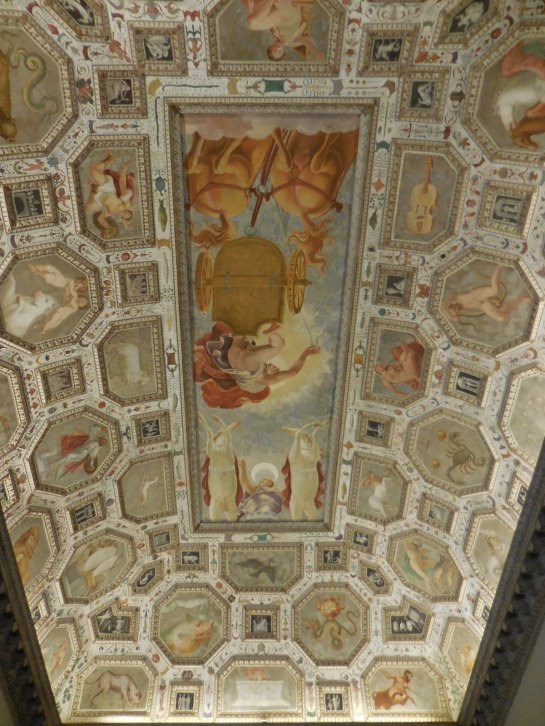
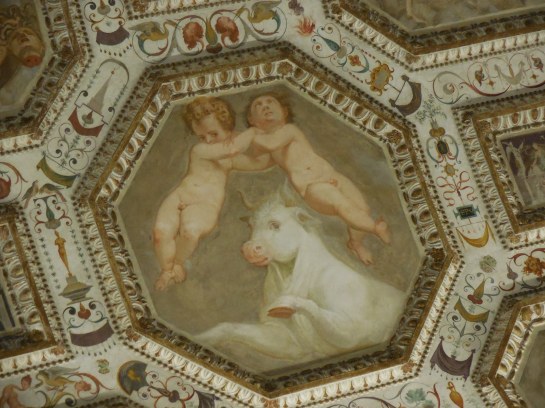


The palace itself is a masterpiece designed by Palladio in 1550. The building is a work of art with enthralling frescoes and superb stuccoes and has been recognized by UNESCO. The Chiericatis were fans of Palladio; he also designed a villa for them. One prominent architectural feature involves Palladio making the palace look elegant by placing the structure on a podium. The central section, accessible by a grand staircase, resembles a temple, as Palladio respected antique forms. By raising the building, Palladio also was able to protect it from floods, so it served more than a merely decorative purpose. I also found these architectural elements at the Villa Rotunda and the Villa Malcontenta, two places designed by Palladio. The façade has a two-story loggia, typical of Palladio’s designs. One side of the loggia is closed off by a wall with an arch.



While I was enamored with the exterior of the building, I was not prepared for the onslaught of beautiful artworks that greeted me inside. The ground floor showed off frescoes, stuccoes, grotesques and lunettes. Seven lunettes told the story of the city’s prosperity during the 1500s and 1600s.


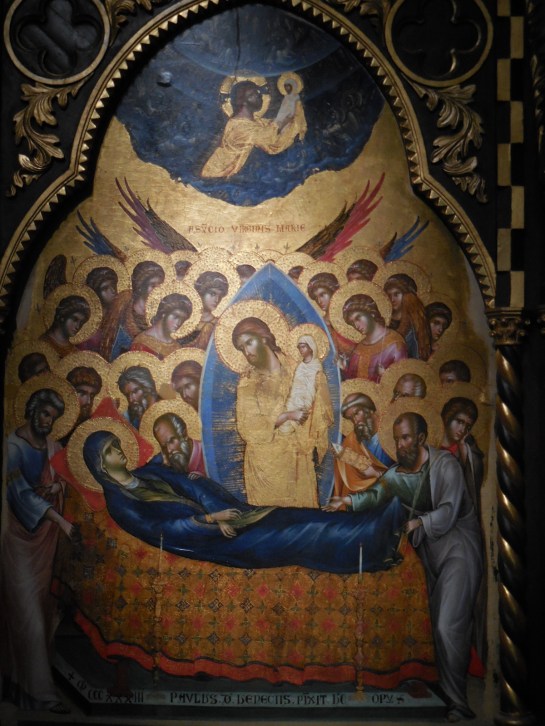
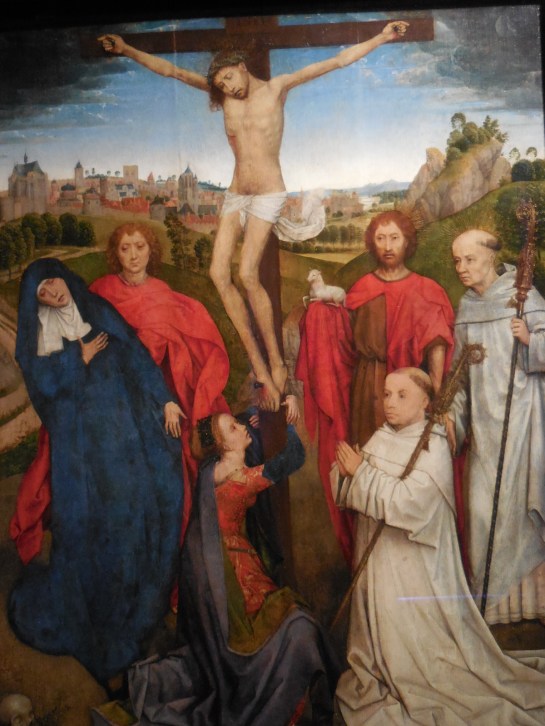
The first floor included a medieval section, where work by Hans Memling and others were showcased. I also was introduced to the paintings of Bartolomeo Montagna and his contemporaries. The second floor concentrated on Venetian paintings of the 1500s, with works by Bassano, Tintoretto and Veronese. The 17th century was also represented.




When I reached the attic, I no longer felt as if I was in a museum but rather as if I had set foot in a three-room house. These spaces held the paintings, drawings and etchings that once belonged to Marquis Giuseppe Roi. The works dated from the 15th century to the 20th century. Intriguing furniture also made up the collection.
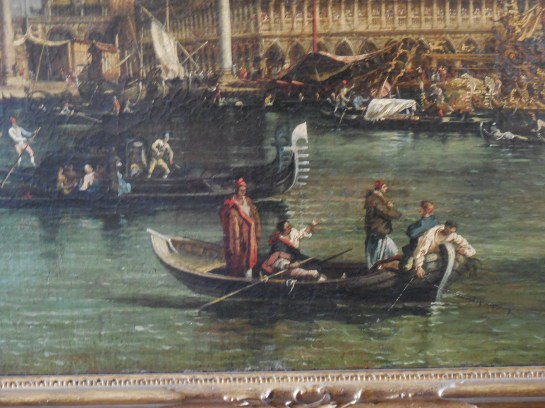




The basement hosted temporary exhibitions. I could see the 14th and 15th century foundations of the palace, where kitchens and cellars used to be. There was a well and a barrel staircase, for instance. Walking through the basement was like walking back in time.

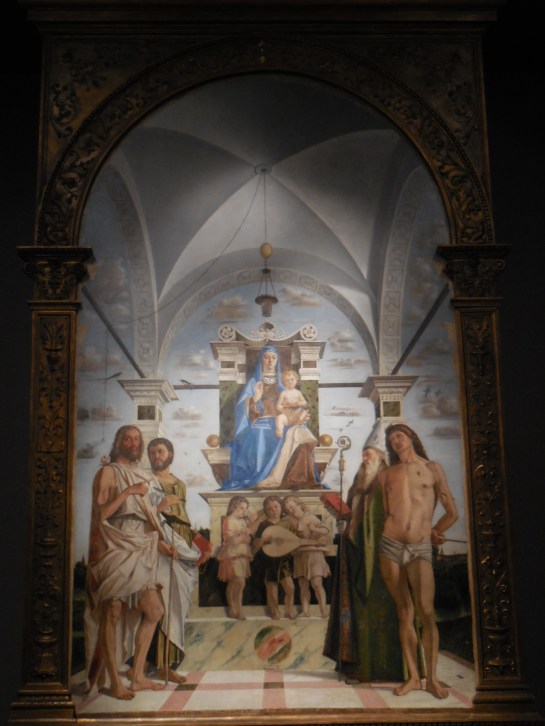



We got off the bus in Vicenza across from the Palazzo Chiericati, and this was the first building I saw in the city. The exterior certainly didn’t disappoint, and the interior was full of surprises and delights.
Tracy A. Burns is a writer, proofreader and editor in Prague.

